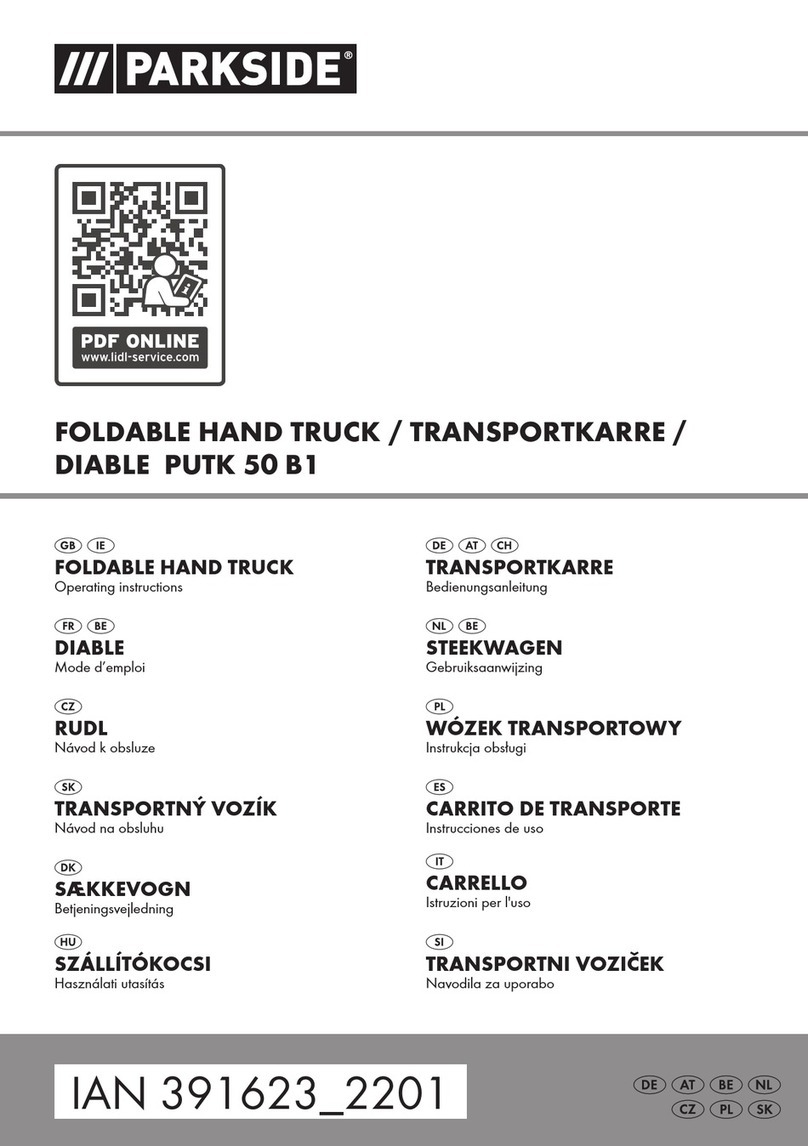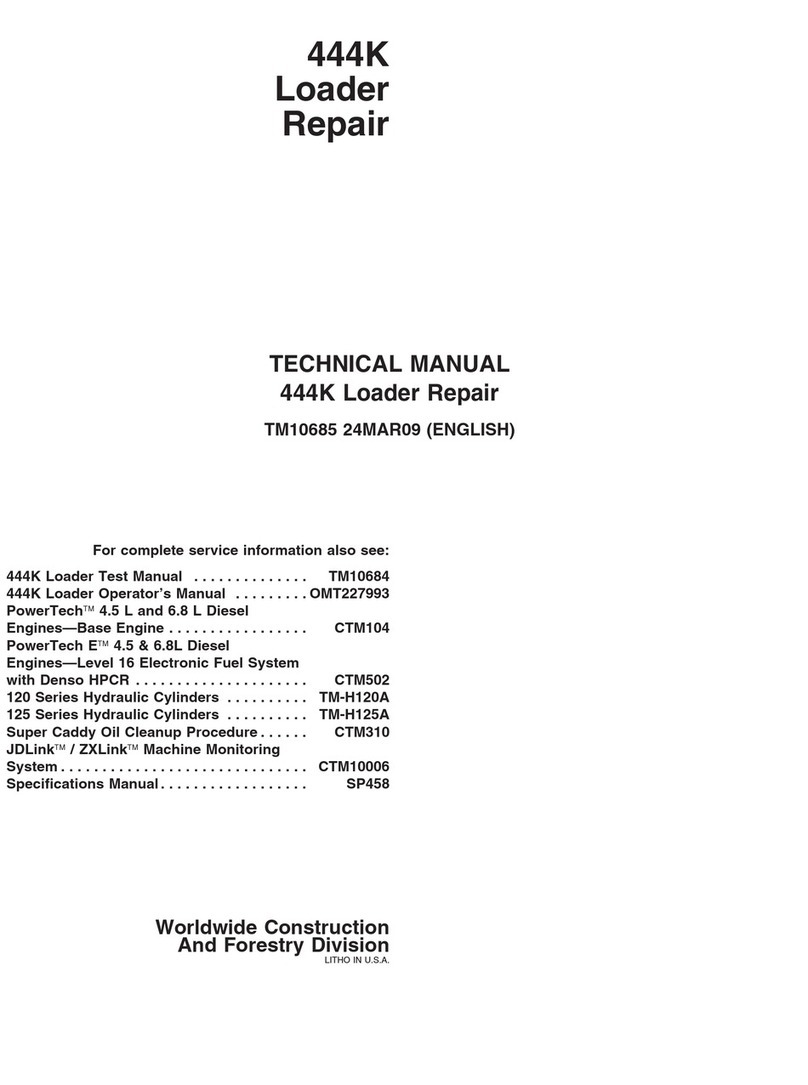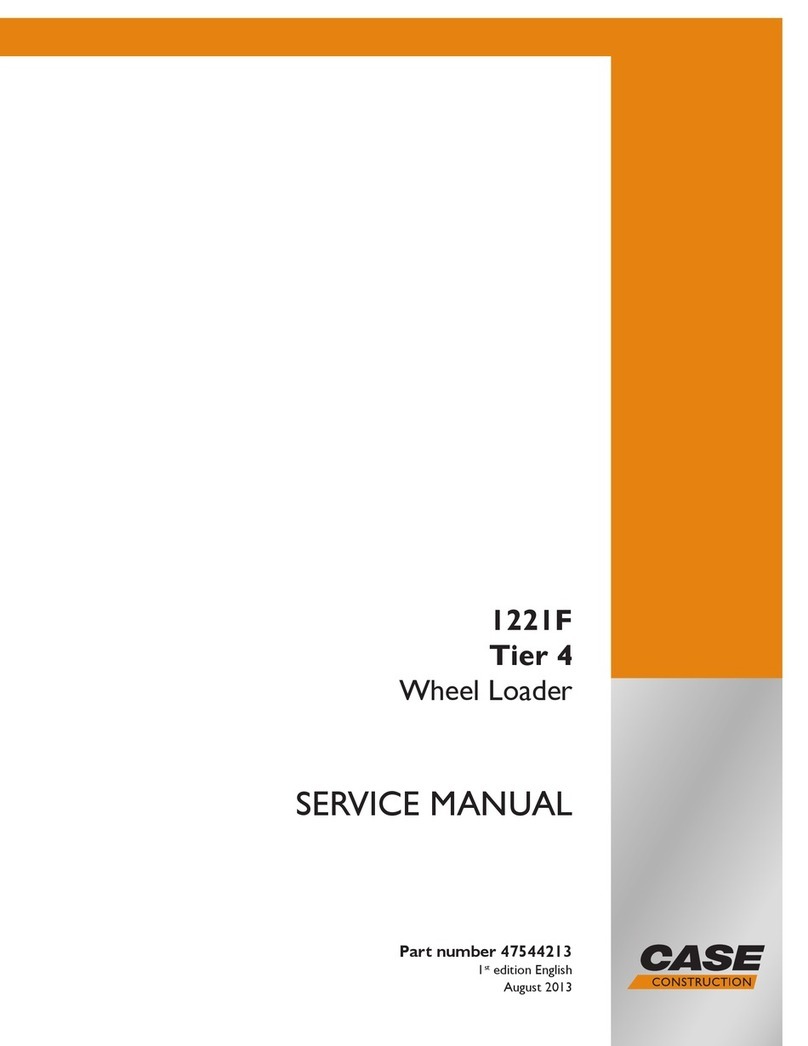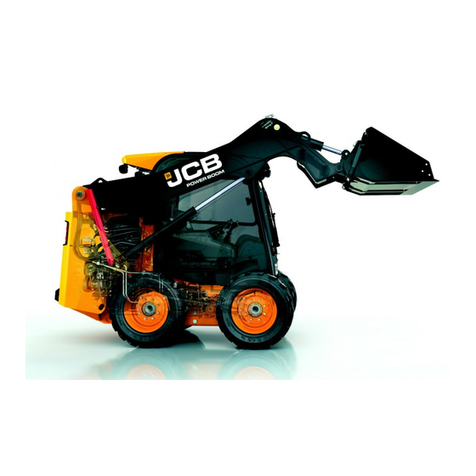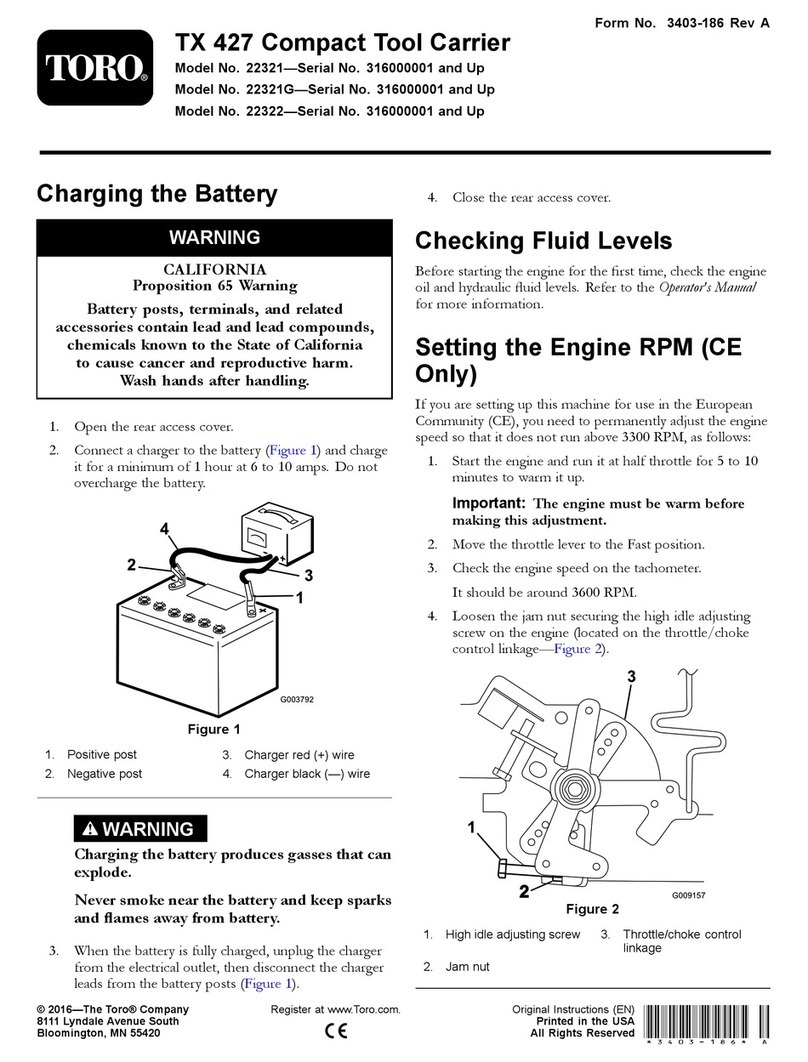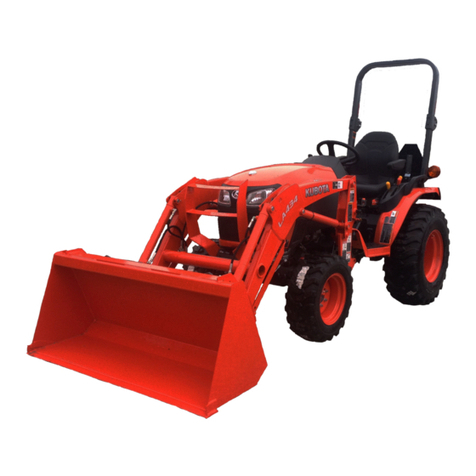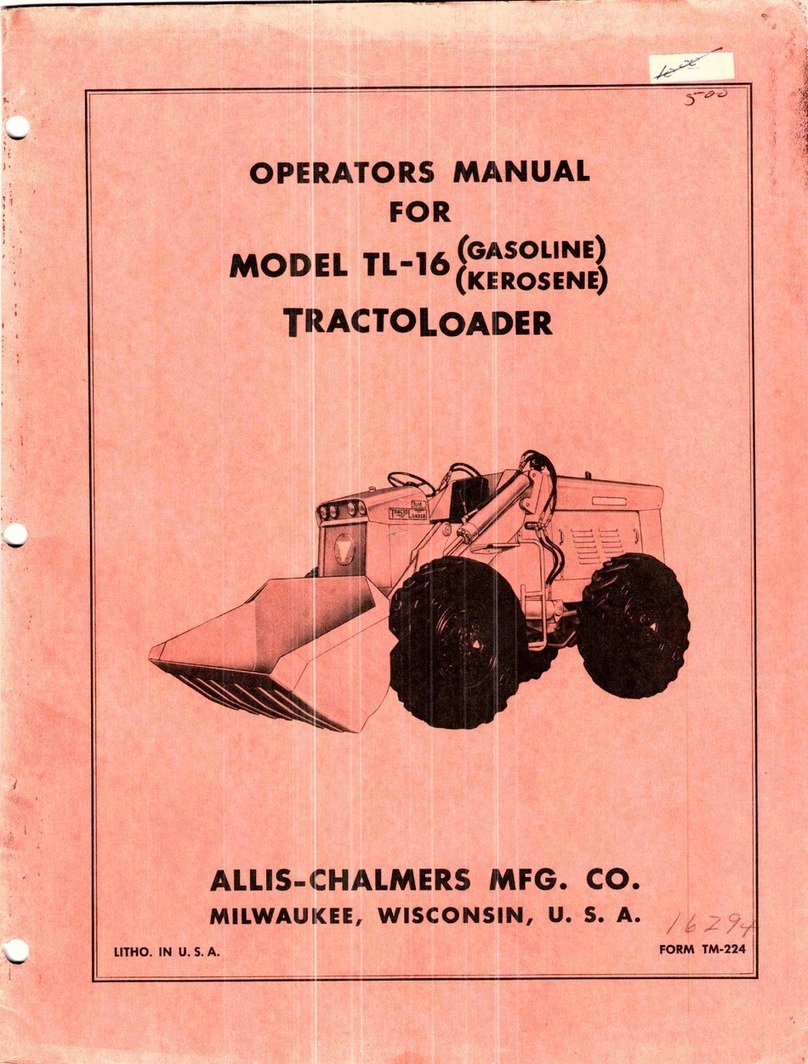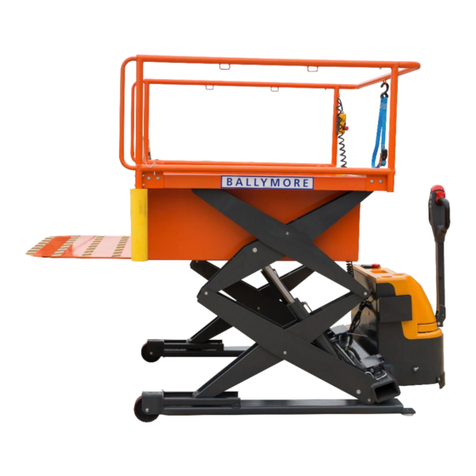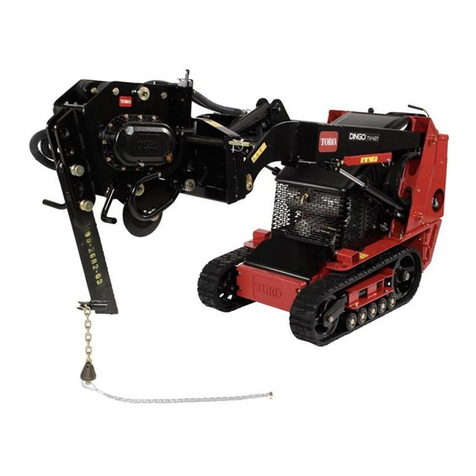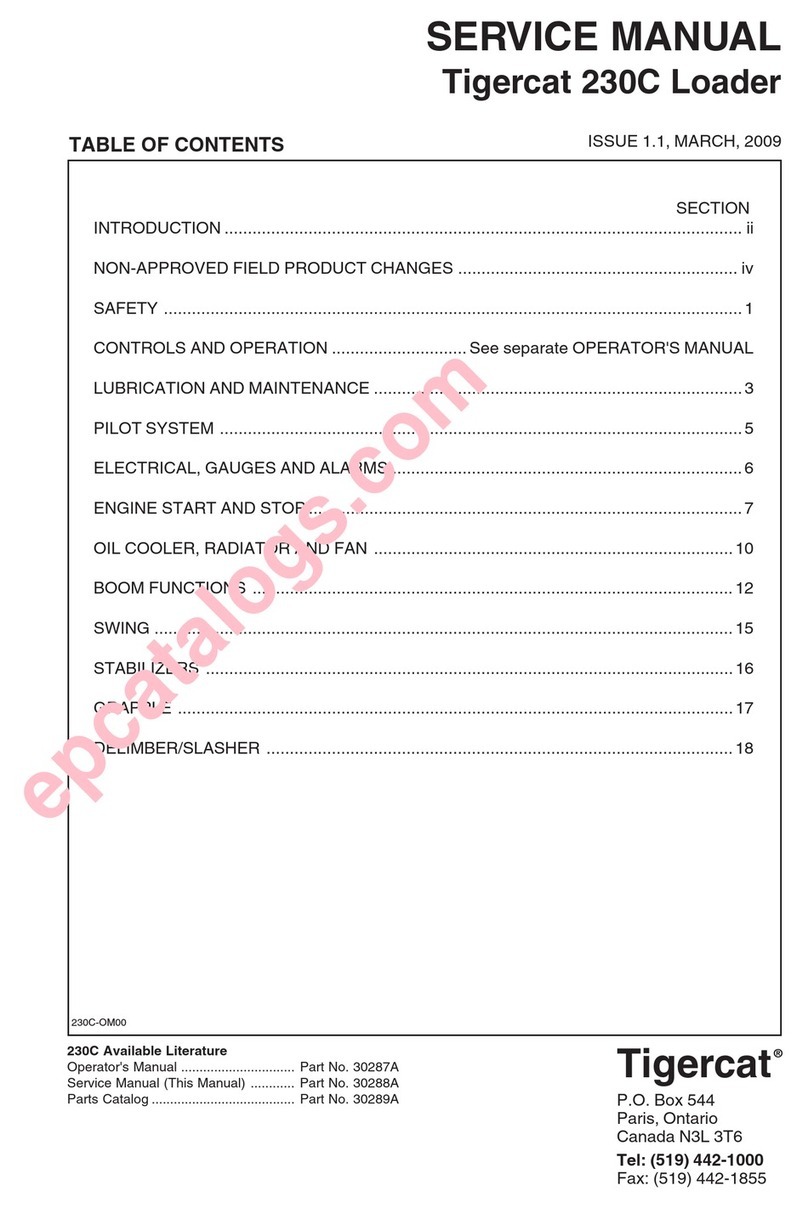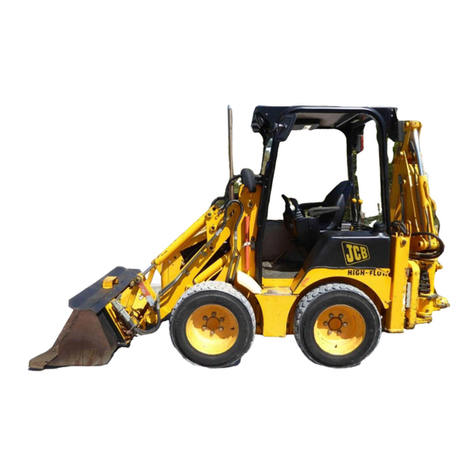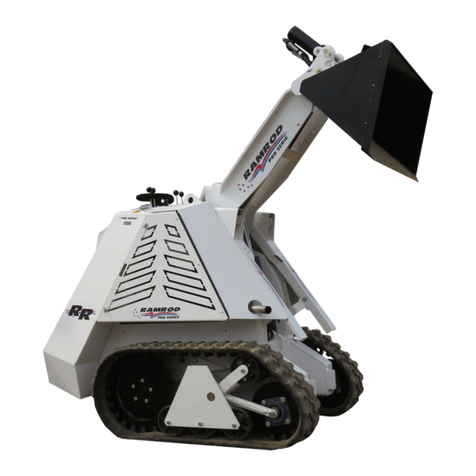Chapter one Attentions when using the forklift truck
The operator mast always keep in mind the principle of safety first.Conscientiously and
cautiously read the maintenance manual.Undergo safe operate and canonical operate strictly
following the demand in this manual
1 Transportation for forklift
Pay attention to the following particulars when using container or automobile to convey forklift
truck
(1) Enable parking brake
(2) Fasten mast and counterweight with steel wire in both two sides;Chock with wedge the
front and rear wheels at propor site
(3) Hoist Lift the forklift according to indication on lifting plate
2 Deposit
(1) Lower the mast to the lowest position
(2) Switch off power,Push all the operating rod to vacancy;Pull out power plug
(3) Stretch hand brake rod
(4) Chock with wedge front and rear wheels
(5)When truck is in long-term non-use.Wheels should be overhead.And battery should be
boost charged once a month
3 Preparation before use
(1) Check up all the meters
(2) Check up tire pressure
(3) Check up the state of each handle and pedal
(4) Check up if the voltage of battery is in operating range;and weather the specific density of
electrolyte and the altitude of liquid surface are in order
(5) Check up if the contact of each connector and plug of electrical system is ok
(6) Check up if the hydraulic liquid,electrolyte or brake fluid is leaking
(7) Check up the condition of each main fastener
(8) Check up if the illuminators,signal lamps are in order
(9) Loosen parking brake
(10) Try to lift and lower the mast,tilt forward and backward the mast,turn and brake the truck
(11) Be sure that the polluting level of hydraulic oil is less than 12grade
4 Operation of truck
(1) Only can the person operate the truck who has been trained and got driver’s license
(2) Operator should wear safe protective shoes,cap,costume in his operation
(3) Pay attention to the performance and working conditions of mechanics,hydraulic,electrical
and MOSFET governor when operating
(4) Switch on the power,turn on the key,select the position of direction switch,roll the steering
wheel to see if the truck is in order,step down the governor pedal slowly,keeping a proper starting
acceleration
(5) Check the voltage meter when the truck is in working,if the value stated in the meter is less
than 41V(72V),stop working immediately,charge the battery or change another fully charged
battery
(6) When conveying,the load should not exceed the rated capacity.The separation and
position of forks should be appropriate,insert the forks absolutely downside the load,make the load
uniformly distributed on the forks;to prevent load from deviation
(7) When the distance between the load’ gravity center and yoke is equal or less than
500mm.The maximum load capacity should be the rated capacity,and when the distance between
the load’ gravity center and yoke is more than 500mm;the maximum load capacity should be less
than the rated capacity
(8) When forks is bearing load,tilt backwards mast mostly,the yoke should always contact with
load;lift forks upto 200mm high from ground before driving
(9) No standing under forks,no standing on forks when lifting
